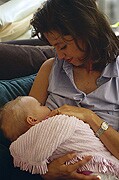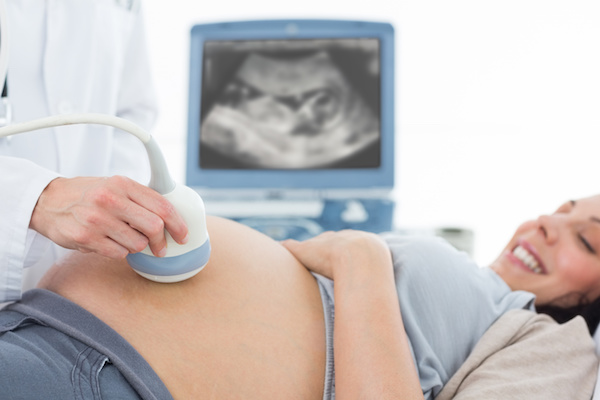
FRIDAY, April 19 (HealthDay News) — Although breast-feeding is generally considered the best way to nourish an infant, new research suggests that in the long term it may lead to lower levels of iron.
“What we found was that over a year of age, the longer the child is breast-fed, the greater the risk of iron deficiency,” said the study’s lead author, Dr. Jonathon Maguire, pediatrician and scientist at Li Ka Shing Knowledge Institute at St. Michael’s Hospital at the University of Toronto in Canada.
The study, released online April 15 in the journal Pediatrics, did not, however, find a statistical relationship between the duration of breast-feeding and iron deficiency anemia. Anemia is a condition in which the body has too few red blood cells.
Iron is an important nutrient, especially in children. It is vital for normal development of the nervous system and brain, according to background information included in the study. Growth spurts increase the body’s need for iron, and infancy is a time of rapid growth.
The World Health Organization recommends breast-feeding exclusively for the first six months of life and then introducing complementary foods. The WHO endorses continued breast-feeding up to 2 years of age or longer, according to the study.
Previous studies have found an association between breast-feeding for longer than six months and reduced iron stores in youngsters. The current study sought to confirm that link in young, healthy urban children.
The researchers included data from nearly 1,650 children between 1 and 6 years old, with an average age of about 3 years. None of the children had any chronic conditions.
The odds of iron deficiency increased by about 5 percent for each additional month of breast-feeding.
The researchers also noted an association between greater daily cow’s milk consumption and lower iron levels, according to the study.
“There isn’t very much iron in breast milk, though breast milk does offer all kinds of advantages, particularly in the first year,” Maguire said. “Children who breast-feed longer may not be eating as many complementary foods.”
“This is something that parents can consider — that there’s a small but detectable risk of iron deficiency in children breast-fed past one year,” he said. “These children may potentially benefit from a diet full of wholesome, iron-containing foods.”
Iron-rich foods include those that are fortified with iron, such as cereals; lean beef, lamb and duck; oysters, shrimp, clams and sardines; beans and peas, such as lentils, chickpeas, white beans, kidney beans and lima beans; and spinach and turnip greens, according to the National Heart, Lung, and Blood Institute.
One doctor doubts the new study will change clinical practice.
“This was an interesting preliminary study, but from the standpoint of a practicing physician, there’s not much I would change in practice,” said Dr. Ruby Roy, a pediatrician at LaRabida Children’s Hospital in Chicago, who will still recommend breast-feeding to new mothers.
“Mom’s iron passes to baby very efficiently until the child is a little older, and the iron needs increase. I think all toddlers are at risk of iron deficiency,” she said, adding that parents could encourage their children to eat more iron-rich foods. Pediatricians also should talk to parents about what foods are good sources of iron, she said.
More information
Learn more about the benefits of breast-feeding from the American Academy of Pediatrics.

